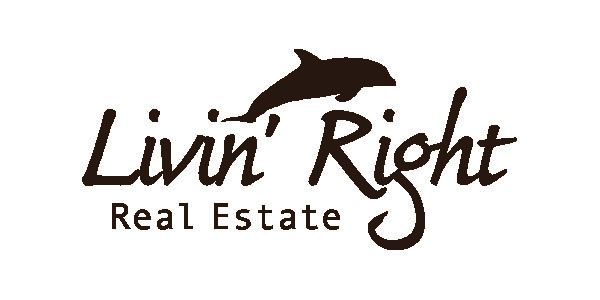Virtual reality lets you redecorate from the couch
 Copyright 2016 The Associated Press, Anne D’Innocenzio. All rights reserved. This material may not be published, broadcast, rewritten or redistributed.
Copyright 2016 The Associated Press, Anne D’Innocenzio. All rights reserved. This material may not be published, broadcast, rewritten or redistributed.
Virtual reality lets you redecorate from the couch
NEW YORK (AP) – Aug. 3, 2016 – Stop moving around the new sofa to try to figure out where it fits. Forget about trying to judge a paint color from tiny samples against the wall. New tools like virtual reality measuring apps and online mood boards are trying to help consumers find easier and quicker ways to decorate homes and apartments.
The expanded services and online tools come as traditional retailers like J.C. Penney and Target are focusing more on home improvement – bringing back major appliances, creating in-store home vignettes. The interest is happening in the wake of improving technology and increased consumer spending on the home fueled by a strong real estate market.
But those creating the new tools say the future of home decor is in ways to let people envision new wall colors, furniture and curtains without having to take them home.
At a new technology lab in Boston, online home retailer Wayfair.com is digitizing its catalog and testing augmented reality and virtual reality apps, as well as 3D models of its products. It’s a move toward “constantly raising the bar to create the best possible shopping experience for the home, adapted to how consumers shop today and in the future,” says Steve Conine, the company’s co-chairman and co-founder.
The all-in-one site Houzz.com not only help shoppers get inspiration and narrow their choices down from its more than five million products from over 10,000 sellers, it also helps people find local professionals to install the curtains they just bought. And Houzz.com just launched an augmented reality app called “View in My Room” that allows shoppers to experiment with home decor options by virtually placing products from its online store into their home before you buy. It seems to be converting browsers into buyers. Fifty percent of users who made purchases in the latest version of the Houzz app used “View in My Room” to preview the product in their home, the company says.
Above all, though, says Allyson Rees, a senior editor at global forecast firm WGSN, shoppers should do their homework.“Have a game plan, and set a budget. And decide how hands on you want to be,” says Rees. She also notes, “Know the key items you want.”
Here are three ways to redecorate from your current couch.
• Get inspired: Great ideas can still be found by flipping through home decor magazines or store catalogs, or by scrolling around on Pinterest and making mood boards, an arrangement of images to convey the design style you want to achieve. Olioboard.com lets people create two- and three-dimensional designs using products from their favorite brands, which then link to retailers’ sites for purchase. It says it also offers a community of home decor experts.
Also, check out stores’ mobile apps. Two years ago, TJX Co.’s HomeGoods launched a mobile app called The Goods for smartphones. It helps customers see photos of new items that just arrived at their local HomeGoods stores.
• Embrace new technology: More apps and online tools are using augmented reality and virtual reality technology, which Rees expects to become even more widespread. That means no more buying extra paint for samples or paying return fees on a chair that turns out to be too big for the room.
Wayfair is set to release in September an augmented reality app for Google Tango, which uses software and sensors to track motions and size up the contours of rooms. The Wayfair tool lets people see how pieces of furniture and decor will look and fit in their homes through the display on a smartphone. In Wayfair’s virtual reality experience, shoppers use headgear like an Oculus Rift that allows them to customize a room by setting the model, material and layout of the furnishings. Right now, the items for the virtual reality app are limited to patio furniture but that will be expanded eventually.
Home Depot has an app that lets customers upload a picture of the room and thumb through thousands of paint and stain colors until they arrive at one that’s right. The app can detect the lighting, shadows and other variables in the space or project and adapt the color to fit.
• Connect with local pros: Adding to free review sites like Yelp and membership programs like Angie’s List, Amazon.com has launched a service in key cities like Atlanta, San Diego and New York that lets customers locate nearby professionals for jobs like painting and even interior design. The options for finding local professionals online are growing.
Wayfair also has teamed up with the Porch.com directory to connect shoppers with home professionals in more than a dozen markets. Shoppers who need help with tasks will be able to set up an appointment with contractors, electricians, painters and more to pay for the services when they check out. Porch also is working with Lowe’s at the home improvement retailer’s 1,700 stores nationwide. Lowe’s features Porch.com signage in its stores, and Lowe’s workers pitch the Porch.com website to shoppers looking for a professional.
Houzz.com offers access to one million professionals, including interior designers to contractors.
Candace Corlette, president of WSL Strategic Retail, says all these tools are good news for shoppers.
“It enables (shoppers) to dream so much bigger and more often,” she said.
